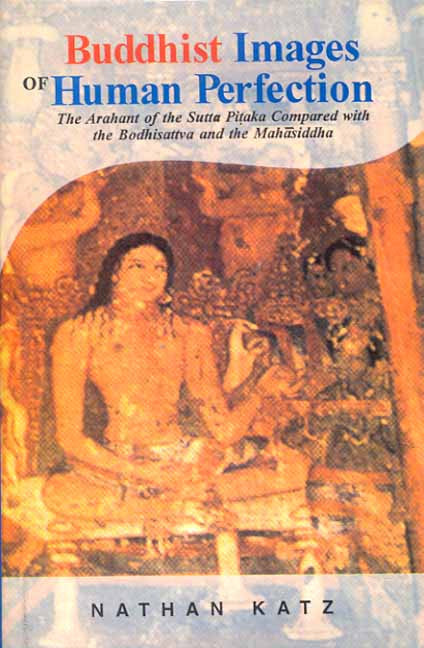Buddhist Images of Human Perfection: The Arhant of the Sutta Pitaka compard with the Bodhisattva and the Mahasiddha
Buddhist Images of Human Perfection: The Arhant of the Sutta Pitaka compard with the Bodhisattva and the Mahasiddha - Paperback is backordered and will ship as soon as it is back in stock.
Couldn't load pickup availability
All forms of Buddhism--The Theravada, the Mahayana and the Vajrayana--affirm the perfectability of the person, and one finds this notion of perfection embodied in three images; the arahant, the bodhisattva and the mahasiddha. Reader also finds, in scholarly treatments of Buddhism, much made of the perceived differences among these three 'vehicles' (yana). By close textual analysis as well as by extensive field work, Katz criticizes this emphasis on difference and prefers to treat Buddhism as a whole, a position he finds in accord with the teachings of both Buddhists and Buddhist texts. By a close examination of these three images of human perfection, bridges among the Theravada, the Mahayana and the Vajrayana are built and continuities within Buddhism are explored. This comparison involves pioneering discussions of Buddhist philosophy of language and hermeneutics, which are facilitated by Katz's familiarity with Pali, Sanskrit and Tibetan Buddhist texts as well as his sympathetic involvement with the living Buddhist tradition.
Review(s)
"Dr. Katz's elaborate series of textual analyses serves to show how the rich complexities of the original bodhi have been maintained all through the various formulations and ideals of Buddhist history... how in none of the three supreme models for man, th
About the Author(s)
-
Pages
-
Edition
-
Size
-
Condition
-
Language
-
Weight (kg)
-
Publication Year
-
Country of Origin
-
Territorial Rights
-
Reading Age
-
HSN Code
-
Publisher




